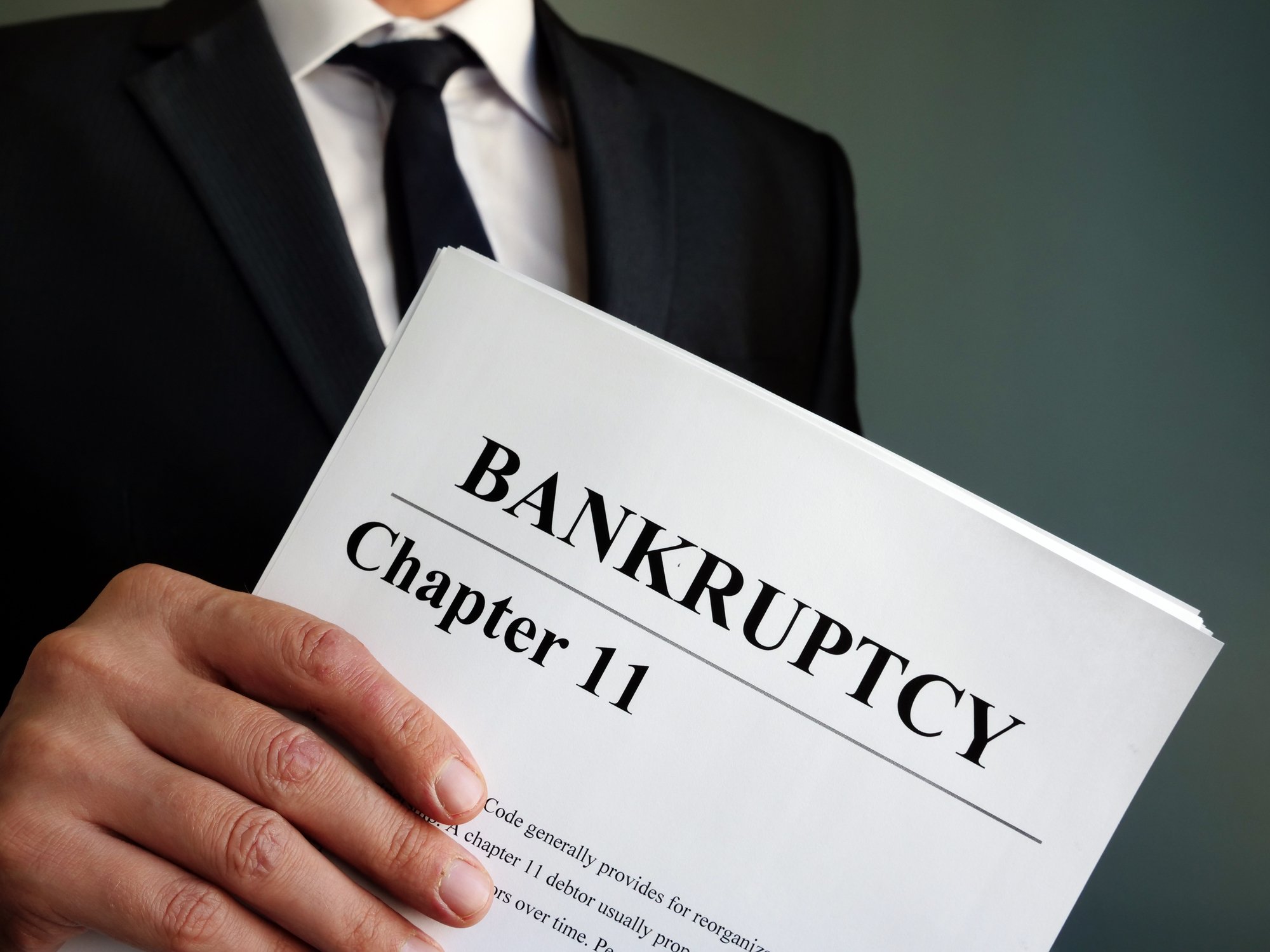It's been a trying year for shareholders of Chesapeake Energy (CHK +0.00%). The stock has slid 33% in 2018, and with just two weeks left on the calendar, investors are already looking ahead to next year. However, that peek over the horizon shows a hazy, unpredictable near-term future for the business.
On one hand, management is hoping the recently announced acquisition of WildHorse Resource Development (NYSE: WRD) can lower leverage ratios and boost production. The timing could work out perfectly for Chesapeake Energy, which turned in a surprisingly good performance in the third quarter of 2018. On the other hand, the company sports an unhealthy balance sheet that will add a degree of difficulty to any turnaround plan, especially with the sudden fall in energy prices since the end of October.
Does the risk outweigh the reward when it comes to Chesapeake Energy's stock?

Image source: Getty Images.
The bull case
Chesapeake Energy turned in a surprisingly solid performance in the third quarter of 2018. The business turned in $2.1 billion in revenue, $280 million in operating income, and $60 million in net income during the quarter -- all significant increases from the year-ago period. The year-over-year improvement was driven by the combination of a 5% bump in production and a 28% increase in average selling price, both on a barrel of oil equivalent (boe) basis.
Production could grow quite a bit in the next two years if the proposed $4 billion acquisition of WildHorse Resource Development successfully closes. By 2020, the transaction would nearly double Chesapeake Energy's adjusted oil production to an expected 165,000 barrels of oil per day, catapult oil from 19% of total production today to 30%, and boost EBITDA per boe 50% over 2018. Achieving higher margins could accelerate the company's deleveraging plans and achieve a net debt-to-EBITDA ratio of 2.8 by 2020.
The proposed acquisition of WildHorse isn't the only portfolio-reshuffling move management has made recently. Chesapeake Energy expects to close the $1.9 billion sale of its Utica shale assets, first announced in July, before the end of 2018. The cash received from the divestment will be used to pay down long-term debt, which totaled $9.38 billion at the end of the third quarter of this year. Considering the business shelled out $367 million in interest expense in the first nine months of 2018, cleaning up the balance sheet is a top priority. If everything goes according to plan, the company could be much better positioned by the end of 2020 than it is today.
Then again, how often do things go according to plan?

Image source: Getty Images.
The bear case
No balanced discussion of Chesapeake Energy can take place without stating the obvious: A stock doesn't lose 90% of its value in a five-year span without good reason. In this case, the business got caught with way too much debt during the last energy market collapse in 2014. It didn't help that production was -- and still is -- heavily weighted toward natural gas, which has proved much less profitable than crude oil and natural gas liquids in recent years.
Therefore, while management is making progress cleaning up the balance sheet and boosting liquids production as 2019 approaches, investors have been listening to the same story for years now. Considering the business boasted $9.38 billion of debt at the end of September, which will drop to a still hefty $7.5 billion or so after the Utica shale asset divestment wraps up, investors can't overlook the persistent risks the balance sheet poses.
In fact, the toxic balance sheet raises the stakes for the proposed $4 billion cash and stock acquisition of WildHorse. Chesapeake Energy plans to use a revolving credit facility to fulfill the cash portion of the deal -- as much as $400 million -- and issue common stock for the remainder. That would increase the number of shares outstanding by nearly 55%.
Dilution on that order of magnitude will not only weigh heavily on Chesapeake Energy's stock price but also make it imperative for the new assets to deliver the expected margins. Considering crude oil prices have fallen a whopping 23% since the acquisition was announced, investors may want to begin reducing their expectations for the proposed WildHorse acquisition.

Image source: Getty Images.
This is a risky oil stock
Chesapeake Energy turned in a solid three months of operations during the third quarter of 2018, but the year-over-year improvement was driven almost entirely by a 28% increase in selling prices. In fact, selling prices hit their highest quarterly average since late 2014. That makes the sudden collapse in crude oil prices since the end of October a significant factor for investors to consider. While sliding commodity prices will have a negative impact on all oil and gas producers, it will have an outsize impact on heavily indebted companies such as Chesapeake Energy. That makes it easy for investors to pass on this oil stock.






